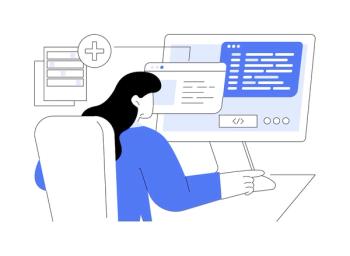
The trick to bringing payers, physicians together
Information integration fosters collaboration, not combativeness. Find out how meaningful use stage 2 will further link doctors and insurers?if they let it.
The clashes you and your peers have with insurance companies over reimbursement and coverage may dwindle in the future as physicians and insurers exchange more data, according to a report by consulting firm PricewaterhouseCoopers’ (PwC) Health Research Institute.
The report, “
The adversarial relationship between payers and physicians will become more collaborative in an outcomes-based reimbursement environment such as an accountable care organization. Doctors and payers will discover they need access to one another's information and capabilities, according to PwC.
Despite the need for clinical information, the two biggest challenges health organizations face in expanding their clinical informatics efforts are data integration and lack of industry-wide data standards, leading to distrust of the data itself and their usage. Only 31% of providers and 47% of insurers participate in external data exchange.
More than half of providers said they would like to provide data into evidence-based protocols, yet only 20% of health insurers are “very confident” of their ability to offer providers access to evidence-based protocols. Seven in 10 providers and health insurers said that their top technical goal is integrating data from multiple sources. Only 17% of providers and 16% of health insurers reported being very confident that their
These findings arrive just as the
Watch for the March 25 issue of Medical Economics for in-depth information about the proposed rule for
Related Content
Newsletter
Stay informed and empowered with Medical Economics enewsletter, delivering expert insights, financial strategies, practice management tips and technology trends — tailored for today’s physicians.








